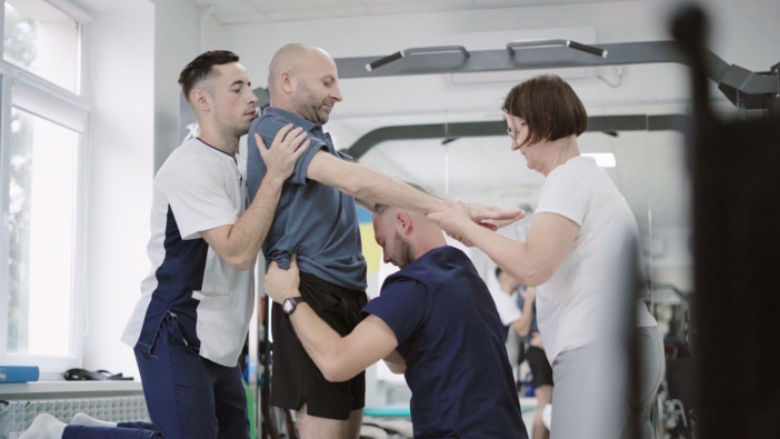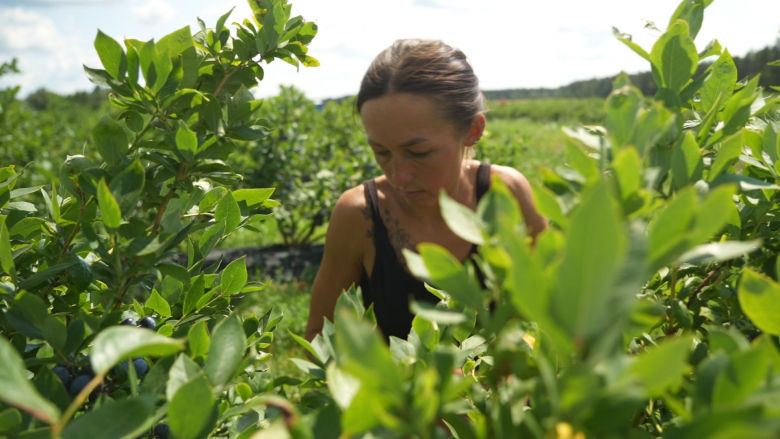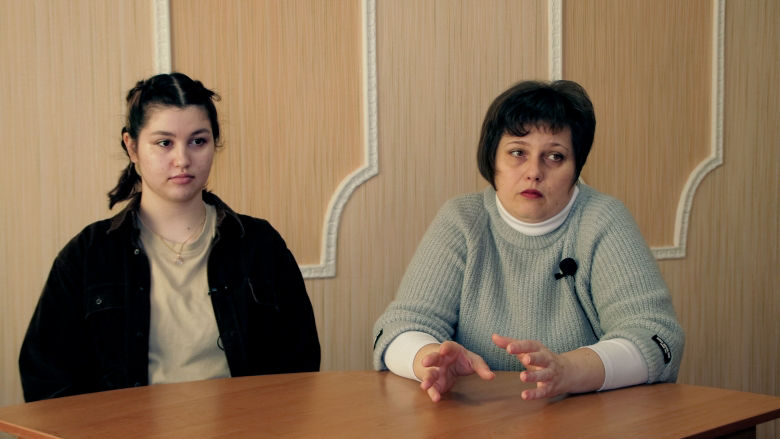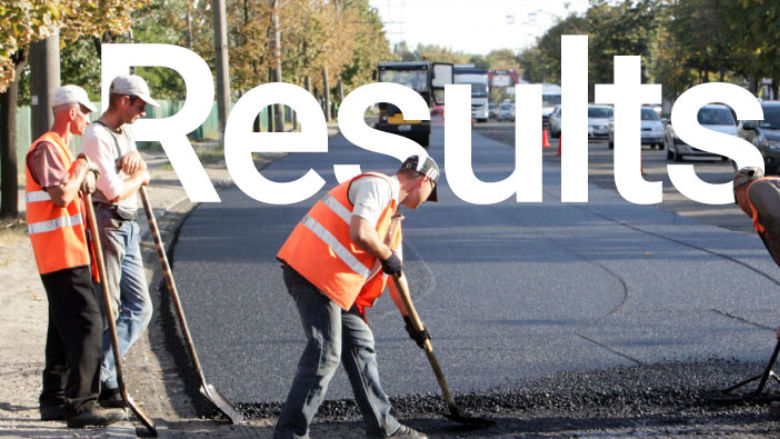Donor Support
As of October 2024, the World Bank Group has mobilized more than $50 billion – 95% from donors – to be channeled through Bank projects, with most of this money disbursed to sustain public services, repair infrastructure, and support agriculture.
These commitments and pledges leverage innovative instruments, such as IBRD and IDA loans, IBRD loans guaranteed by partners, donor grants and equity, IFC blended finance and MIGA guarantees.
The World Bank Group’s Role
The World Bank Group is uniquely positions to help rebuild Ukraine as we bring strong oversight practices and expertise in reconstruction, particularly in agriculture, energy, infrastructure/transport and social sectors, as well as global experience in supporting development-oriented reforms.
We have expanded existing projects, established multi-donor trust funds, and channeled guarantees and parallel financing from donor countries. We routinely monitor our Ukraine portfolio for evidence of fraud and corruption and have robust mechanisms in place to swiftly deal with any reports of irregularities.
We primarily work in areas where other organizations are not present, such as in Ukraine’s social sectors, including health, social protection, and education. We collaborate with bilateral and other multilateral development banks including the IMF and EU (on reforms), EBRD and EIB (on investment). We are harmonizing procurement practices in Ukraine with other MDBs.
The World Bank Group (IBRD, IFC, and MIGA) is working with the Ukrainian government and partners to identify opportunities for private financing of Ukraine’s reconstruction. Reforms that prepare Ukraine to rebuild and improve the investment climate are critical. The government has asked the World Bank Group for advice on reforms and investments to prepare the country for EU accession (many of which have been included in the “Ukraine Plan” with the EU).
World Bank
PEACE. Since the start of Russia’s invasion, donor support has been deployed through the World Bank’s project Public Expenditures for Administrative Capacity Enhancement (PEACE) to help the government of Ukraine meet urgent needs and provide core public services. PEACE is widely viewed as having helped the government survive the war by providing adequate budget support and sustaining its capacity to deliver essential public services.
| 10 million “pensioners” (covering those in old-age poverty or who are vulnerable) and pay salaries to 500,000 education employees, 145,000 government employees, and 56,000 first responders. It is keeping more than 12,000 schools open. |
This support has reached 15 million Ukrainians and is helping to provide wages for government and school employees, pensions for the elderly, salaries for public servants, and social programs for the vulnerable. To ensure money goes where it is intended, the World Bank has deployed a range of mechanisms designed to monitor service delivery and check for fraud and corruption.
The World Bank also introduced framework projects to respond to priority needs, support recovery and build capacity for reconstruction in health, energy, transport, housing, agriculture and education. These emergency operations mobilize partner resources through an innovative and flexible design that allows funds to be disbursed quickly, can be scaled as necessary, and can absorb additional financing as it becomes available. They include appropriate fiduciary, environmental and social safeguards. IBRD funding is secured thanks to the bilateral guarantees provided by development partners.
- 3.8 million doses of childhood vaccinations.
- 2.3 million receiving primary health care.
- 65,000 families receiving compensation to make emergency repairs to their homes.
|
The Bank is also supporting development policy and investment operations to needed to strengthen the country’s economic policy framework and enhance its macro-financial stability as well as provide urgent relief to households, support reforms of public resources expenditures and help markets function better.
IFC
IFC launched a $2 billion Economic Resilience Action program to support Ukraine's private sector during Russia’s invasion. Since February 2022, IFC invested almost $2 billion including $530 million mobilized to bolster Ukrainian agriculture, financial, technology and telecoms sectors, address energy crisis, help implement urgent repairs in the residential sector and support municipalities hosting IDPs. This includes $547 million in trade finance guarantees to keep key inputs coming and continue grain exports, $465 million to agrifood companies and $70 million to the technology sector, $360 million to banks to reach SMEs, $217 million to telecom sector. In addition to financial support, IFC’s program includes analytical work, advisory services, and pre-investment projects to enable private investment in Ukraine’s reconstruction.
Addressing the energy crisis, IFC is working on near-term opportunities to help spur alternative business models in the current legislative environment and preparing for the scale-up needed in the medium term, subject to the adoption of key reforms, and is providing risk-sharing facilities and advisory services to partner banks to unlock new financing for distributed clean energy. This is expected to unlock €120 million in commercial loans for distributed clean energy in the short-term. IFC has also provided trade finance to enable the import of energy-efficient food processing equipment, and import of emergency mobile gas turbines.
MIGA
Since the start of the invasion, MIGA has issued $227 million in 6 new guarantees using $48.3 million in donor funds, which implies that $1 of donor funding supports $4.7 in guarantees in Ukraine. MIGA also established the SURE TF to help deploy a two-fold strategy in Ukraine: (a)
enable private investment by providing guarantees (political risk insurance (PRI) and credit enhancement) to investors and lenders; (b) ensure that projects are implemented in accordance with global best practices on meeting integrity, environmental, social, and climate standards.
Amidst limited availability of private reinsurance, SURE TF enables MIGA’s guarantee issuance in Ukraine by sharing up to 75% of the risk. In the immediate term, MIGA is providing guarantees to support trade in essential goods, continued bank lending to firms including SMEs, as well real sector projects which have clear demonstration effects. Once peace returns, MIGA expects to use the reinsurance market to provide PRI guarantees for real sector projects at scale. The SURE’s fund size as of October 2024, which apart from contributions also accounts for administrative fees, investment income, and SURE TF’s share of premium income, was $114.12 million.
URTF
To swiftly mobilize efforts for reconstruction, the World Bank has established the Ukraine Relief, Recovery, Reconstruction and Reform Trust Fund (URTF), a multi-donor fund to channel grant contributions from donor partners. The URTF’s objectives are to help sustain the country’s administrative and service delivery capacity, conduct relief efforts, as well as to support the planning and implementation of Ukraine’s recovery, resilient reconstruction, and reform agenda.
The URTF supports the World Bank’s Framework Projects and ensures that the Ukrainian authorities can quickly and effectively utilize these critical investments and leverage the multiple sources of financing efficiently and at scale.
Partners
Donor governments: The United States, Austria, Belgium, Canada, Denmark, Finland, Germany, Italy, Japan, Latvia, Lithuania, Iceland, Indonesia, Ireland, the Netherlands, Norway, the Republic of Korea, Sweden, Switzerland, Spain, and the United Kingdom.
IFIs: EIB, EBRD, EC, IMF, CEB
Last Updated: Oct 29, 2024







